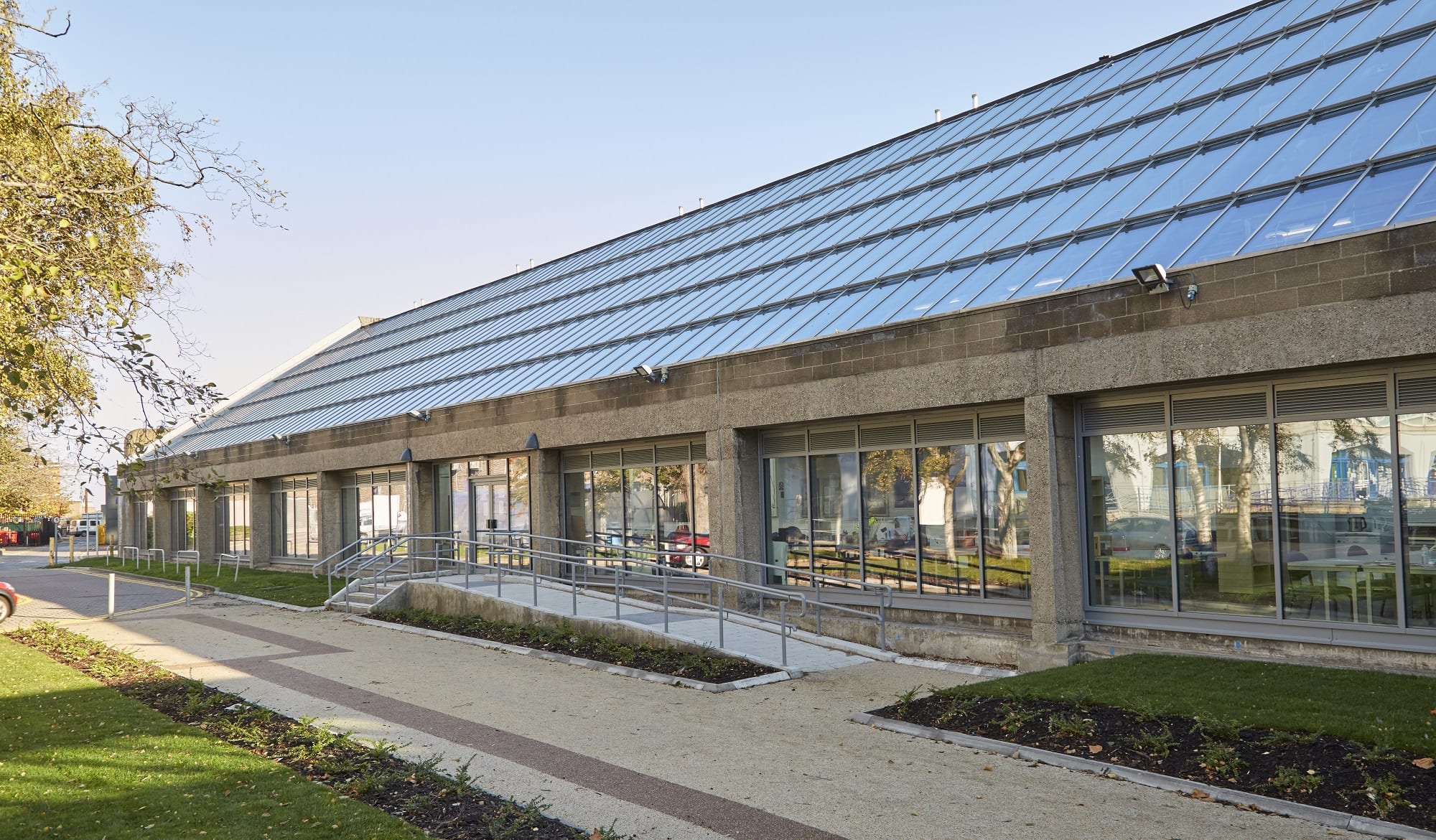5 minute interview with…
Lisa Mcfarlane : new RIBA NW Vice Chair
Lisa Mcfarlane, director of Seven Architecture, has been appointed as RIBA North West regional Vice Chair for the 2018-2019 term. As the past president of Manchester (Society of) Architects and the current Chair of the RIBA North West Communications Committee, Lisa has been involved in raising awareness and developing engagement in the profession for a number of years. Keen to share her ambitions, a five-minute Q&A interview gives a glimpse of Lisa’s objectives for the Vice Chair term…
How long have you been involved with the RIBA?
“I have been a RIBA Conservation Architect since 2013 and I’m also involves in the RIBA Conservation Register Steering Group. In addition, I was President of the Manchester (Society of) Architects from 2014 to 2016, following which, I was approached to become RIBA NW Communications Committee Chair. The communications team is a fantastic group of talented individuals who promote and showcase creative initiatives across the region. My appointment to Vice Chair recognises the next chapter of my involvement with RIBA.”
What qualities will you be bringing to the group?
“I feel that the role as Vice Chair on the RIBA North West Regional Council is the natural next step in my journey, spreading my leadership skills gained over the last few years from a local to a more regional level. I believe that my skills and knowledge will complement and enhance Ewen Miller (current RIBA NW Chair), providing support in achieving the goals as set out in his manifesto. Of course, it’s also about bringing an energy and fun to the team to increase engagement”.
What are your aspirations for the term ahead?
“I an very keen to celebrate the value that architects bring to their projects, town and cities. Not just from a design perspective, but one which celebrates all the skills and values architects can bring to the professional team and to clients.
It is recognised that much of the media surrounding the profession focusses on design as the differentiating factor that defines our professions key role in the industry. Although this obviously plays an important part in what we do, our training and mindset goes much further. We are all trained to consider the social impact our buildings have on their local community, the well being of the people who live and work in our buildings and the long-term influence that we have on towns and cities and the global resources used in creating them. We create inspiring environments which encourage better learning and have the capacity to change the world we live in.
The RIBA NW Communications Committee are about to launch a grass roots campaign called “Architects create…”. This focuses on client and end-user feedback that reinforces the wider values that the architect possesses using interviews, quotes and statistics to underpin the overall mission. As architects we are natural problem solvers, no matter how large or small, and have the ability to apply our skills to complex problems. I want to celebrate all of these things to reinforce our role in the industry.”
How do you see the industry evolving over the next 10 years?
“I’m very excited to see a new approach starting to shape the industry to promote social diversity which I can only see developing further over the forthcoming years. As a huge advocate of inspiring learning we need to widen the catchment of architecture students to inspire the next generation.
Since September 2016 I have been a key member of the employer led Architectural Apprenticeship Trailblazer Group, taking on a sub lead role as one of onl two small practices on the team and responsible for developing the Assessment for the Level 6 programme. The hard work involved and timescales that we were required to achieve by the Institute for Apprenticeships were incredibly challenging but, in July 2018 we succeeded in getting approval to proceed. In September 2018 South Bank University were the first University to run the Level 6 (Part I) and Level 7 (Part II and Part III). This is an exciting time to shift the focus of new talent into a career in architecture and I’m really keen to see this harnessed by other Universities in the forthcoming years”.
- Categories
- Education, Project News










